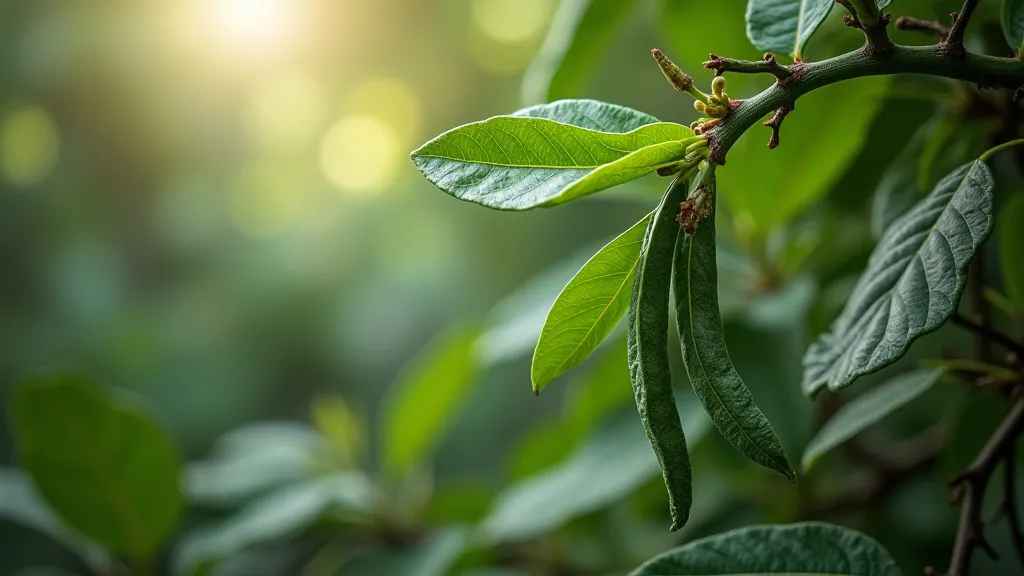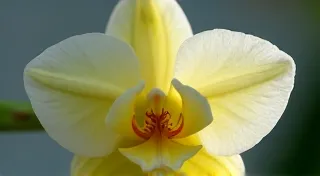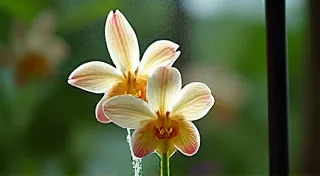Pruning Vanilla Bean Vines: Encouraging Growth and Production
Growing vanilla beans at home is a rewarding, albeit challenging, endeavor. While providing the right environment – warmth, humidity, and support – is crucial, regular pruning is often overlooked. Proper pruning of your vanilla bean vines isn’t just about aesthetics; it's a vital technique to encourage robust growth and, most importantly, maximize bean production. This guide will walk you through the best practices for pruning your vanilla bean vines, ensuring your home garden yields a bountiful harvest.
Why Prune Vanilla Bean Vines?
Pruning might seem counterintuitive – isn't trimming back growth detrimental? Not at all! For vanilla bean vines, pruning offers several key benefits:
- Increased Airflow: Vanilla bean vines can become quite dense, creating a humid environment ripe for fungal diseases. Pruning opens up the plant, allowing for better air circulation and reducing the risk of problems.
- Improved Light Penetration: Denser growth can shade lower leaves and buds, hindering photosynthesis and hindering bean development. Pruning allows sunlight to reach all parts of the vine.
- Encouraged Branching: Pruning stimulates the plant to produce new shoots and branches, increasing the overall surface area for flowering and bean development.
- Shape Control: Vanilla bean vines can become sprawling and unruly. Pruning helps maintain a manageable size and shape, keeping your home garden tidy.
- Increased Bean Production: By focusing the plant's energy on fewer, stronger shoots, pruning can significantly improve bean production per vine.
When to Prune Vanilla Bean Vines
The ideal time to prune your vanilla bean vines depends on your climate and the plant's growth cycle. Generally, there are two primary pruning periods:
- Early Spring (Before New Growth Emerges): This is a good time for a more significant pruning, removing dead, damaged, or overcrowded sections. It allows the plant to focus its energy on new growth in the upcoming season.
- Mid-Summer (After Flowering): A lighter pruning after flowering can help shape the vine and encourage further growth and bean development.
Pruning Techniques for Vanilla Bean Vines
Here's a breakdown of pruning techniques, ranging from basic maintenance to more advanced shaping:
1. Removing Dead or Damaged Growth
This is the most basic form of pruning and should be done throughout the year. Look for any stems or leaves that are brown, yellow, or show signs of disease. Cut these back to healthy growth, using clean, sharp pruning shears. This helps prevent the spread of disease and pests.
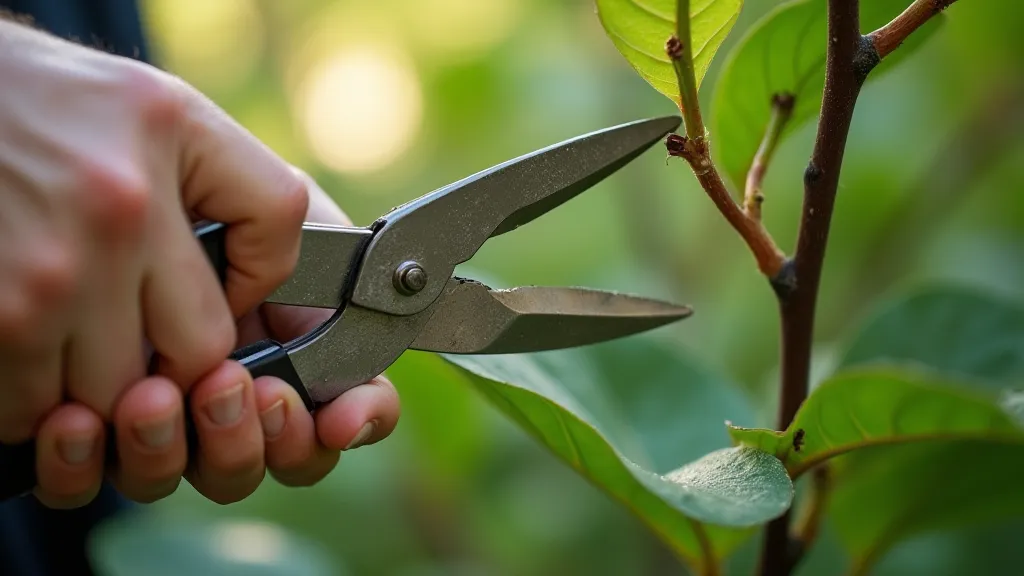
2. Thinning Overcrowded Areas
If your vanilla bean vine has become too dense, thin out crowded areas by removing entire stems at their base. This allows more light and air to reach the remaining growth.
3. Shortening Long Shoots
If a shoot becomes excessively long, you can shorten it by about one-third. This encourages branching and keeps the vine manageable. Make the cut just above a node (the point where a leaf or stem emerges).
4. Removing Suckers
Suckers are shoots that grow from the base of the plant or from the roots. They draw energy away from the main vine and should be removed promptly. They can be removed easily by pulling them off when the plant is young or by cutting them at their base when they become more established.
5. Shaping the Vine
To shape your vanilla bean vine, you can prune longer shoots back to a desired length. This helps maintain a neat and tidy appearance and can be particularly useful if you’re training the vine on a trellis or support system.
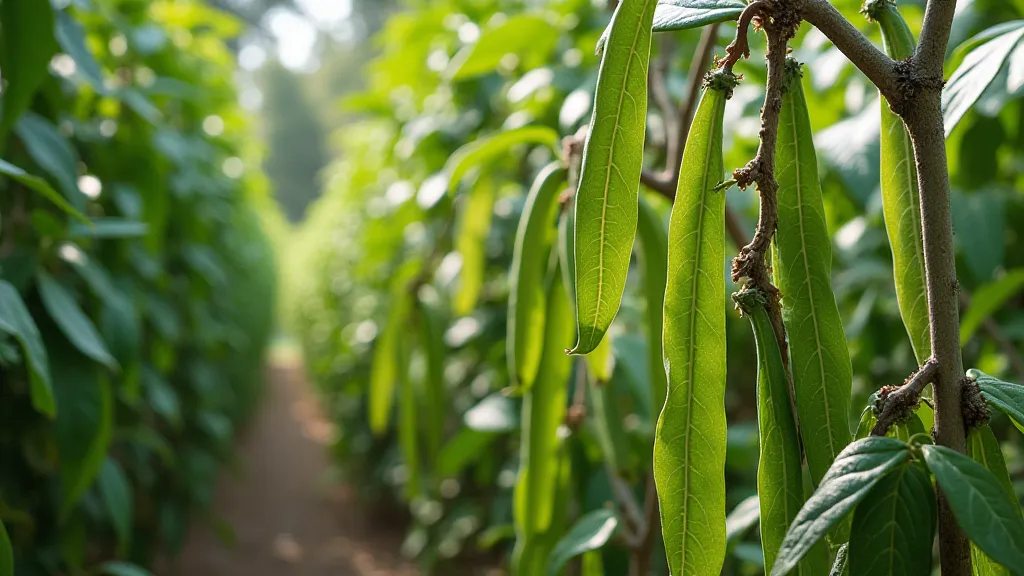
Important Considerations
- Use Sharp, Clean Tools: Sharp pruning shears are essential for clean cuts that heal quickly. Clean your tools with rubbing alcohol or a bleach solution to prevent the spread of disease.
- Don’t Over-Prune: Removing too much growth can weaken the plant and reduce its ability to produce beans. Start with light pruning and observe the plant's response.
- Observe Your Plant: Pay attention to how your vanilla bean vine responds to pruning. Adjust your techniques accordingly.
- Timing is Key: While the general guidelines above are helpful, consider your local climate and the plant’s specific growth patterns.
Conclusion
Pruning your vanilla bean vines is a key component of successful home cultivation. By following these techniques, you can encourage healthy growth, increase bean production, and maintain a beautiful and manageable plant in your home garden. With consistent care and attention, you’ll be well on your way to enjoying the unique and delicious flavor of homegrown vanilla beans.
